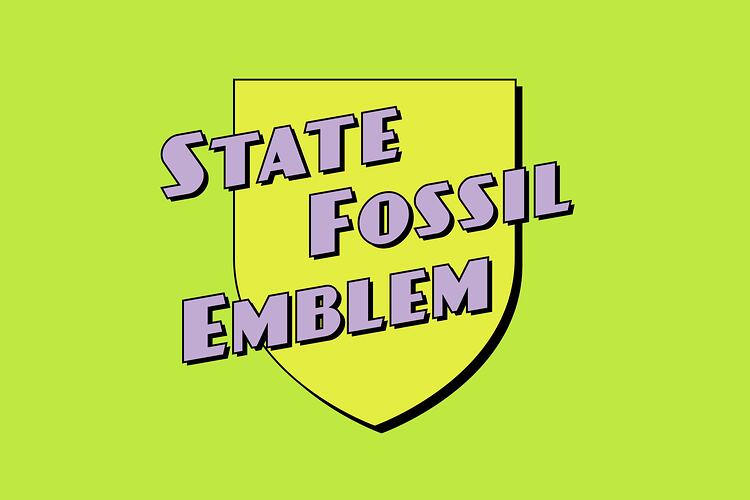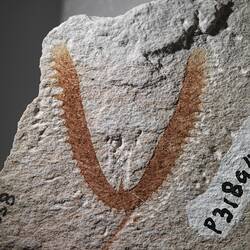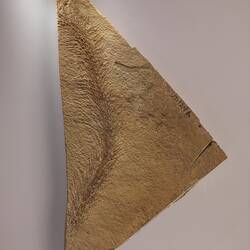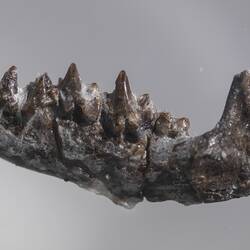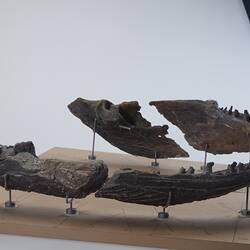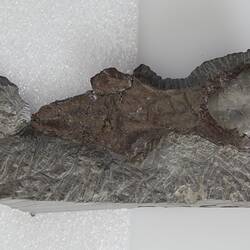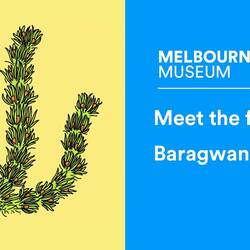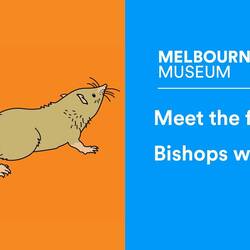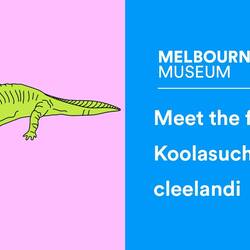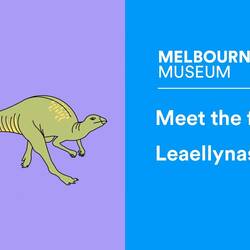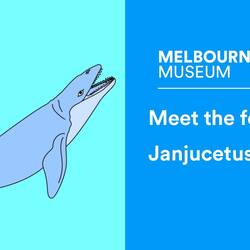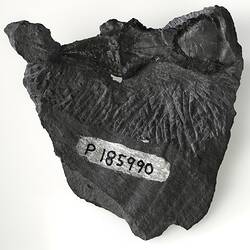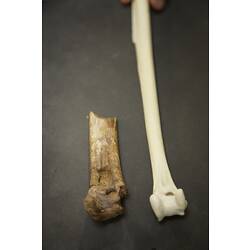All the
Australian states and territories have emblems that represent their distinctive natural heritage, including birds, animals and flora. The Victorian state animal is
Leadbeater's Possum (Gymnobelideus leadbeateri), the state bird is the
Helmeted Honeyeater (Lichenostomus melanops cassidix) the state marine
animal is the Weedy Seadragon (Phyllopteryx taeniolatus) and the state
flora is the Common Heath (Epacris impressa).
Some also have a fossil emblem. In 2021 the Victorian public voted for a Victorian state fossil emblem, selecting Koolasuchus cleelandi, a giant temnospondyl amphibian from the Early Cretaceous, as the fossil they felt best represents Victoria.
Eight candidate species were selected by scientists at Museums Victoria to meet four criteria:
- The fossil had to represent a distinct organism rather than a group or a trace fossil if it is not known what organism created it,
- That Victoria has the "best" claim on the fossil, for instance it was unique to Victoria or had the most complete examples, or the fossil comes from a significant Victorian fossil site,
- The fossil is scientifically significant, providing important information about the evolution of life,
- It must have the potential to excite public interest, for instance because it was a charismatic or interesting organism, because of its links to a region of Victoria, its historical or cultural significance or it has an interesting discovery story.
The species selected were:
- Isograptus victoriae, a graptolite first recognised from Castlemaine, Victoria and used internationally as a key index fossil for the lower Middle Ordovician.
- Baragwanathia longifolia, an early vascular plant from the late Silurian and Early Devonian that was more complex than most other plants of the same age. It was first described from Yea, Victoria and the Yea Flora Fossil Site is included on the Australian National Heritage List becuase of its importance.
- Bishops whitmorei, a tiny mammal from the Early Cretaceous of Victoria that suggests placental mammals were in Australia a lot earlier than previously thought, challenging our understanding of mammal evolution.
- Koolasuchus cleelandi, a giant temnospondyl amphibian from Early Cretaceous rocks near San Remo, Victoria, which showed temnospondyls had survived at least 50 million years longer in Australia than anywhere else in the world.
- Leaellynasaura amicagraphica, a small ornithischian dinosaur from the Early Cretaceous rocks at Dinosaur Cove on Cape Otway, Victoria that was excavated by tunnelling into the sandstone cliffs.
- Janjucetus hunderi, a toothed whale from the Oligocene known only from Victoria that shows a previously unknown stage in the evolution of baleen whales.
- Pelagornis, one of the few bird fossils found in Victoria, this huge ocean-going bird from the Pliocene is found around the world but is known in Australia only from Victoria.
- Palorchestes azael, a giant marsupial from the Ice Age that lived across eastern Australia but who's best and most significant fossils come from Victoria.
These species demonstrate the diversity of Victoria's fossil record and showcase some of the state's internationally significant fossil sites. They are all represented by specimens in Museums Victoria's collections. Specimens of all the candidate species were on display at Melbourne Museum in the 600 Million Years exhibition in the Science and Life Gallery.
11,563 Victorians voted and in January 2022, the Victorian Government announced that the fossil emblem selected by the public vote was Koolasuchus cleelandi.
More Information
-
Keywords
-
Authors
-
Article types
